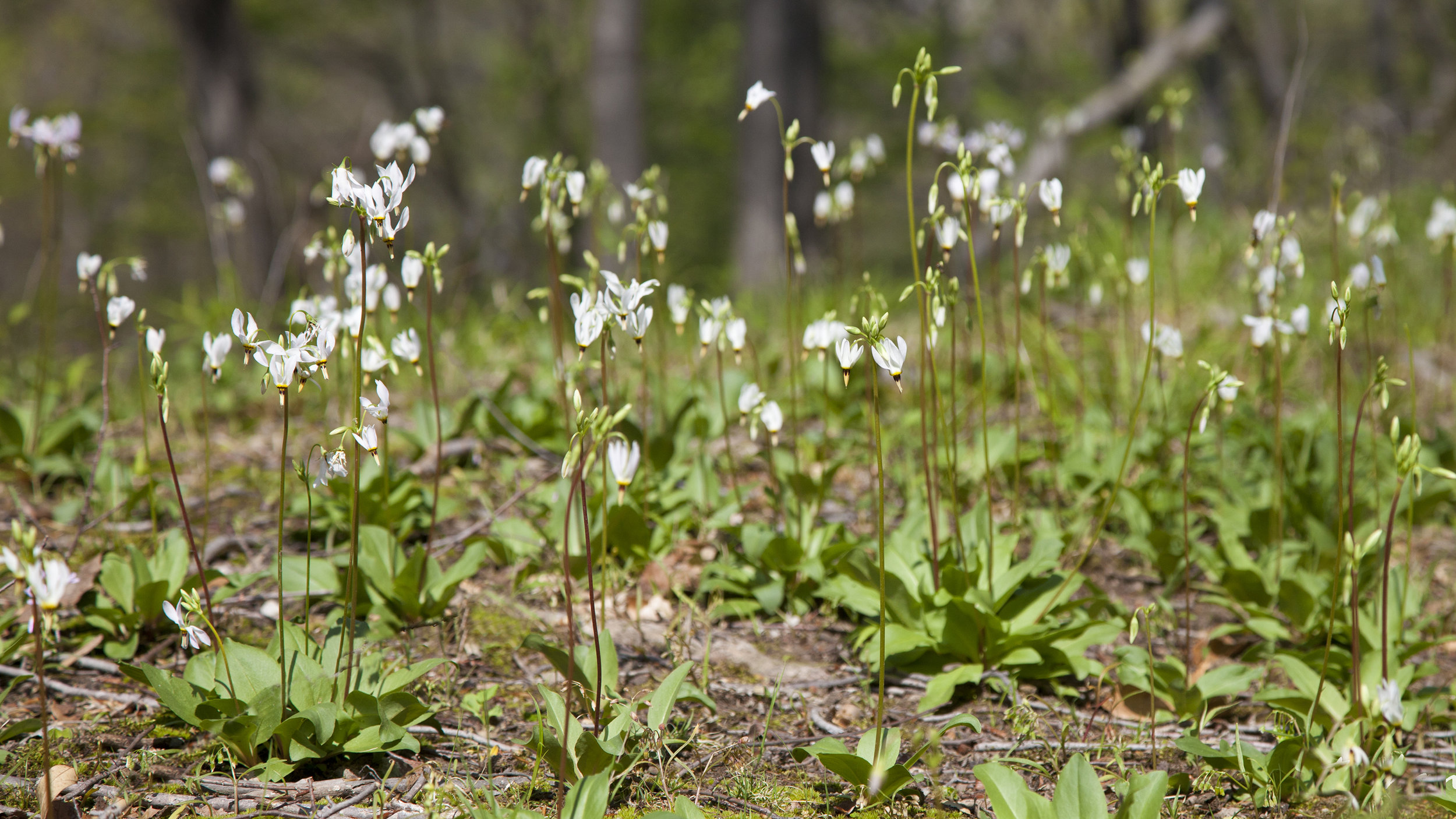Mission
To protect and restore land in west-central Indiana by providing habitat for native species, maintaining natural scenic beauty, and improving water and air quality while offering education and enhancing the quality of life in our communities for future generations.
Diversity, Equity, and Inclusion
You belong with Ouabache Land Conservancy. OLC enhances the quality of life of our local communities by protecting land for our native flora and fauna. All people should have equal access to saving nature. We embrace diversity, equity, and inclusion in every community.
Who We Are
Ouabache (pronounced Wabash) Land Conservancy was founded in 2007 as a land trust. There are currently over 1,700 land trusts in the United States, 26 of which are in the state of Indiana. The function of most land trusts is to protect natural lands and farmlands from development. Some land trusts also focus on historic sites. OLC serves west central Indiana, including Clay, Parke, Putnam, Sullivan, Vermillion, and Vigo Counties. Ouabache Land Conservancy is a 501(c)(3) Non-Profit Corporation recognized by the IRS! Your donations are fully tax-deductible.
What It Means to Protect Land
Nature is vivacious. Give the plants, animals, bugs, fungi, and waterways a chance to survive, and they’ll thrive. But when 85% of Indiana’s original forests have been destroyed, when species are put at risk of extinction, and when ponds and creeks fill with contaminants and face erosion, nature needs our help. The Ouabache Land Conservancy (OLC) was founded in 2007 by a bunch of Hoosiers who realized the value of protecting these beautiful natural resources.
Protection, or land stewardship as we call it, involves all the classic conservation techniques: planting native species like milkweeds for monarch butterflies, monitoring threatened species like the Indiana bat, planting trees to control erosion, cleaning up trash and debris, building trails for proper visitation and use, removing invasive species that crowd out helpful plants, strategic land acquisitions to build onto large wildlife corridors, and more.
These activities help us achieve cleaner water, safe habitats, diverse ecosystems, and meaningful ways for people to connect with nature. We can do more with your help — volunteer, donate funds, and spread the word.



